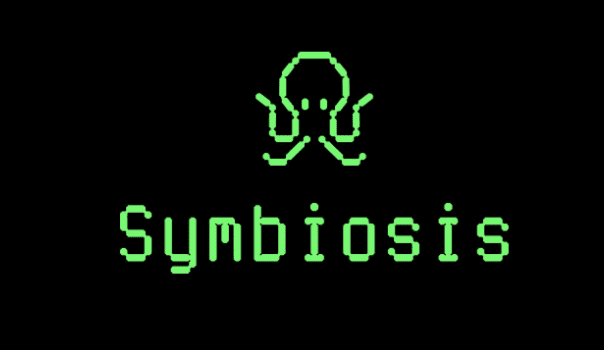What is Symbiosis Finance?
The Symbiosis Finance multi-chain liquidity protocol works with the Ethereum, BNB Chain, Polygon, and Avalanche networks. This makes it possible to trade synthetic tokens, also called "sTokens." In April 2022, the developers are planning to add support for Solana and Terra.
The...

The Symbiosis Finance multi-chain liquidity protocol works with the Ethereum, BNB Chain, Polygon, and Avalanche networks. This makes it possible to trade synthetic tokens, also called “sTokens.” In April 2022, the developers are planning to add support for Solana and Terra.
The protocol stops the coin from being added to the first blockchain and instead spreads an equal number of sTokens across many networks. When the digital currency is moved back to the primary blockchain, the synthetic tokens held by Symbiosis Finance are destroyed. Using the Symbiosis JS Software Development Kit (SDK) and the Symbiosis Mobile Software Development Kit (SDK), programmers are able to include Symbiosis into their apps.
When was Symbiosis Finance Established, and Who was Its founder?
Nick Avramov, who is also the marketing director at Symbiosis Finance and a co-founder of the company, stated that the total number of employees working on the project is 30, of which 22 are developers.
The development of the Symbiosis Finance codebase was started by the project team in January 2021, and they began searching for potential investors in June of that same year. During the month of October, the venture received funding totaling $2 million from a variety of investors, including Blockchain.com Ventures, Primitive Ventures, Avalanche, and others. The protocol received funding from the venture arm of the Binance exchange in the month of February.
On March 9, users were able to use the beta version of the main Symbiosis network. Additional security reviews for SlowMist, Omniscia, and Zokyo are now being carried out by the team.
How does the liquidity mechanism for cross-chain transactions work?
The cross-chain liquidity mechanism is a group of smart contracts that can be used to swap networks between chains. They are put into production by the Symbiosis Finance team once the blockchain has been integrated into the protocol.
It consists of the following four categories of smart contracts:
- AMM is responsible for the interaction between Synthesis smart contracts and the relay network. Mint/Burn is in charge of the creation and destruction of tokens. Bridges facilitate this connection.
- During cross-chain swaps, Metarouter is the component that makes contract calls on behalf of the user.
- Stablecoin pools are utilized by Symbiosis Finance. You won’t need to download and install any specialized software if you go about it this way. Through the use of the MetaMask wallet, the transaction can be completed with just one click.
What is the Process that the Relay Network Goes Through?
A relay network is a peer-to-peer network that consists of relay nodes. These relay nodes watch what happens on blockchains and then sign transactions and send them to the right networks.
Symbiosis Finance employs the following measures to ensure the safety of the relay network:
- The Proof-of-Bond algorithm is a mechanism in which only nodes that have sent SIS tokens for staking are allowed to sign transactions. Multi-party computing (MPC) is a cryptographic protocol that allows several network participants to perform common calculations without disclosing incoming data.
- The threshold signature scheme (TSS) is a cryptographic method for distributed key generation and transaction signing. multi-party computing (MPC) is a cryptographic protocol that allows several network participants to perform common calculations without disclos
- The team working on the project intends to roll out the repeater network in a number of stages. There will be 15 nodes in the early version that are synchronized with each other through the use of a smart contract in Ethereum.
Staking SIS coins is required in order to run a node on the SIS network. The size of the collateral depends on the stake that other participants have placed in the game; however, the collateral must be at least 50,000 SIS.
What Function Does the SIS Token Serve?
Farming, protocol liquidity, auctions for slots in the relay network, and staking are some of the uses that the creators have set aside 40 million SIS for.
Participants in one private token sale and multiple public token sales, as well as the developers and advisors working on the Symbiosis Finance project, will divide up the remaining tokens.
The team working on this project is currently discussing the different ways the sidechain could be put into place. It is anticipated that the second version of Symbiosis will be made available for download sometime during the third quarter of this year.
